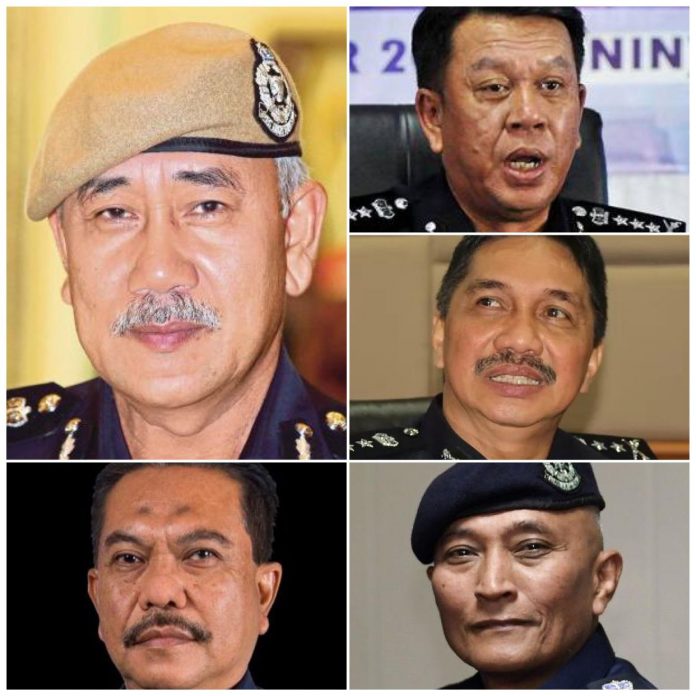By RAdm (Maritime) Karunanithi Munusamy (R)
KOTA KINABALU: The Lahad Datu incursion in 2013 remains a painful memory to all Malaysians.
Late at night on 11 February 2013, the nation was shocked by the news that a group of over a hundred Royal Sulu Force (RSF) gunmen, identified to be the followers of self-proclaimed Sultan of Sulu; Jamalul Kiram III, landed at Kampung Tanduo Lahad Datu some 3 days earlier, to reclaim part of North Borneo as their ancestral land.
It is not surprising to learn later that many undocumented Tanduo villagers chose to be with the RSF in their cause.
Panic ensued, most of the Tanduo villagers fled, hundreds became internally displaced, security operations were launched and a stand-off ensued.
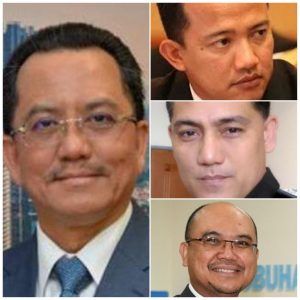
Subsequently, a shootout broke out between Malaysian security forces and the RSF on 1 March 2013 at Tanduo; killing twelve RSF gunmen and two Royal Malaysia Police personnel.
Another shootout between the RSF and Malaysian security forces occurred at Kampung Simunul Semporna in the early morning of 3 March 2013, killing seven RSF gunmen and six Royal Malaysia Police personnel.
On 4 March 2013, OP DAULAT was launched to neutralise the incursion. OP DAULAT ended on 28 June 2013 and replaced with OP SANGGAH.

By the end of OP DAULAT, 68 RSF gunmen and 10 Malaysian security personnel were killed and 30 RSF gunmen were arrested, the rest of the RSF gunmen were believed to have fled.
The scars of Tanduo incursion will never heal for many years to come, indeed it bleeds every time we recall it; especially to those who have lost their loved ones in the incident.
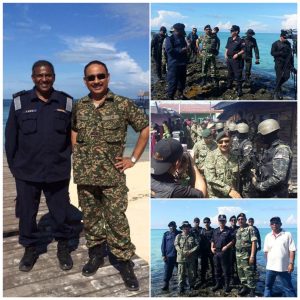
As a response to the RSF incursion and the many kidnapping for ransom (KFR) incidences prior in the east coast of Sabah, ESSCOM was established on 1 April 2013 to (1) ensure and enhance the security and safety of the people in Malaysia generally, and Sabah and ESSZone specifically; (2) ensure the well-being, public health and peaceful co-existence of the people of Sabah generally and the ESSZone specifically; (3) ensure, preserve and facilitate in the ESSZone the free exercise of the rights under the Federal Constitution and State Constitution which is deemed necessary and expedient in a democratic society; and (4) take appropriate actions or measures to resettle persons or groups of persons occupying land or premises illegally in the ESSZone.
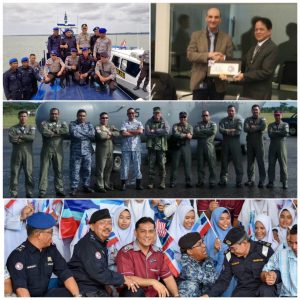
In essence, ESSCOM’s character is basically a coordinator, think-tank, adviser and operations controller amidst multiple stakeholders, multiple agencies, multiple threats and multiple challenges.
A daunting task for the ESSCOM Commander, least to say!
A decade has passed today since its establishment. I remember a senior political leader remarked on ESSCOM first anniversary in April 2014, that ESSCOM has become a costly “April fool’s joke” after recurring KFR incidences in the ESSZone since its establishment.
There was also a question asked in a comment piece in a newspaper recently whether we have put in enough resources; manpower and assets, for our security forces to keep our long coastline safe; safe from these Sulu intruders whose families are hanging on to dreams of reclaiming what they think are their ancestral rights.
As I have stated in my earlier opinion piece in this column, though armed threats posed by the Sulu Forces (now a combination of Royal Sulu Force, Royal Armed Force and Moro National Liberation Front) have waned and not likely to recur (unless state actors were to be involved in the future), it is fair to suggest that despite the many strategic and tactical measures that have been taken to enhance safety and security of the ESSZONE, the battle to secure Sabah’s eastern seaboard is still work in progress.
I say work in progress because the problem of piracy/robbery at sea and maritime raidings (including kidnapping for ransom) in the Sulu Sea is by no means new.
It has been there well before the Spanish rules in the Philippines. It is still endemic in the Sulu Sea areas even after more than 200 years of serious effort to eradicate it by colonial and post-colonial governments. Moreover, piracy/maritime raiding in the Sulu Sea have become more complex when terrorist/militant groups are involved.
Long coastline and a vast area to police for enforcement agencies, stretches the already limited resources to maintain 24/7 presence.
Perpetrators in the Sulu Sea/Sabah eastern seaboard frequently identify surveillance gaps and take advantage to strike at opportunity.
A tiny window of opportunity can lead to an attack hence ESSCOM is expected to be on top of the situation always.
Additionally, with an organisation inheriting multiple agencies with inherent Service-centred tribalism, different doctrines, values systems and limited resources, it will certainly take time for ESSCOM to build and inculcate shared values and objectives, force integration, doctrinal congruence and boundary spanning relationships so as to be seen effective.
Fundings have never been enough though.
The significant security issue that the public perceive ESSZONE as unsafe is the recurring kidnapping for ransom (KFR) cases. But a simmering concern is violent extremist and terrorist threats.
Extremist and terrorist threat that Malaysia faces are very much tied to Sabah. Evidence suggests that extremist organisation in the southern Philippines, particularly Abu Sayaff Group (ASG) and other extremist groups in the region, who have aligned ideologically with the Islamic State/DAESH, are not only using Sabah as its transit point (for their movements between Indonesia and the southern Philippines) but are also reported to be actively engaged in radicalising and recruiting Malaysians and irregular migrants living in Sabah.
All said, much resources and efforts were put in by the government and ESSCOM the last 10 years to ensure and enhance the security and safety of the people in Malaysia generally, and Sabah and ESSZone particularly.
The number of reported KFR cases declined sharply since 2017 and none since 2019. Between 2017 and 2018, ESSCOM managed to kill 12 ASG members and the Armed Forces of Phillipines killed 21 ASG members who were responsible for the many KFR cases in the ESSZONE.
Meanwhile 17 KFR attempts were foiled by ESSCOM between 2017 and 2022. This significant reduction in number of KFR cases reflects ESSCOM resolves.
ESSCOM have not been shy about using force. Between March 2016 and August 2021, ESSCOM and the security forces in Sabah carried out many special operations to interdict militant hideouts in the ESSZONE, where at least 12 ASG militants were killed and many were detained.
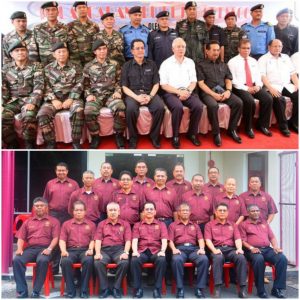
The effective actions of the Duterte Administration against the militants (including Abu Sayaff Group in the Marawi seize) in the southern Philippines contributed significantly to the sharp drop in attacks.
The Bangsamoro Autonomous Region in Muslim Mindanao (BARMM) government have made progress the last three years, while the establishment of parliamentary democracy processes are in place and the process of disarming and demobilising of its forces are also work in progress.

These too contributed to the perceived calm in the Sabah eastern seaboard. The Trilateral Maritime Patrol involving militaries of the Philipines, Indonesia and Malaysia too contributed to the decline of piratical attacks particularly against shipping in the Sulu-Sulawesi Seas.
Ten years on, the battle to secure Sabah’s eastern seaboard is still work in progress hence ESSCOM’s mandate and mission remains as relevant as ever. It has built and inculcated shared values and objectives and boundary spanning relationships among the agencies in the ESSZONE but Service-centred tribalism occasionally rears its ugly head.
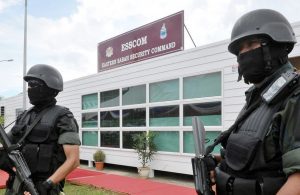

Hence ESSCOM’s tool box and responses will continue to transform with the prevailing security situation in the ESSZONE.0
It is easy for pen-pushers to pass judgement that ESSCOM is ineffective but having worked with ESSCOM through its formation, periods of frustration and success, amidst very demanding expectations from the stakeholders, ESSCOM is certainly not a “costly April Fool joke”.
Happy 10th Anniversary to Commander ESSCOM, ESSCOM Chief Executive Officer and staff. Keep up to the motto “Bersama Menjana Kesejahteraan”.

